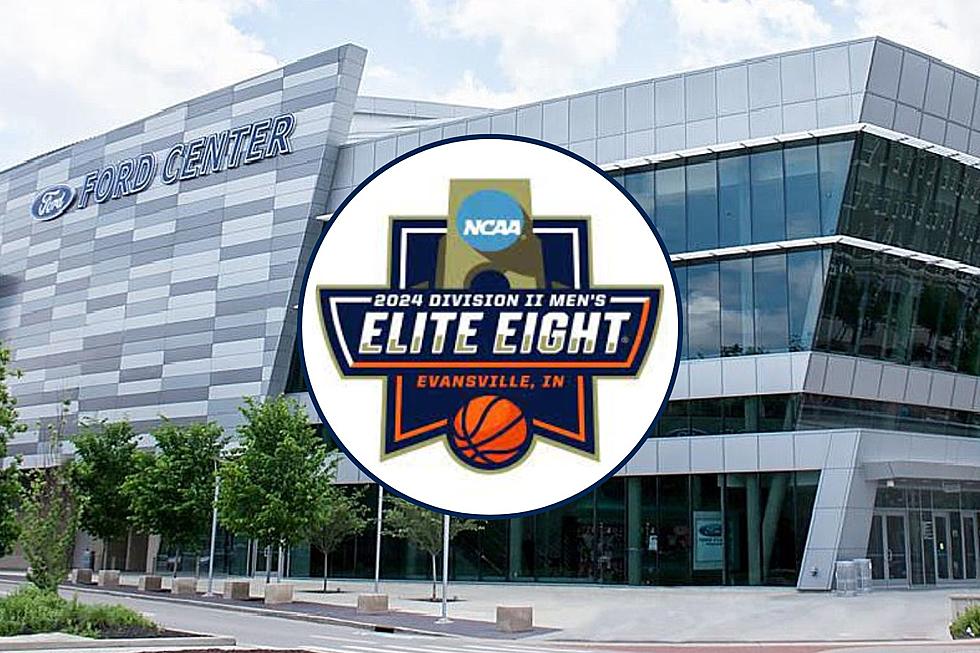
Orange Basketballs are the Brainchild of an Indiana Basketball Legend
My original plan for this article was to share why Indiana is and has always been obsessed with the game of basketball. But, while I was looking into it, I found something more interesting. In my opinion anyway.
Why is Indiana Obsessed with Basketball?
Since I brought it up, and I did the research, I might as well tell you what I found. Long story short, Crawfordsville, Indiana native and reverend, Nicholas McCay discovered the game watching its inventor, Dr. James Naismith teach it to YMCA instructors while he was on a YMCA teaching trip in Massachusetts in 1891. He brought it back home to the Hoosier State and it took off like wildfire. Residents became so obsessed with it that Naismith himself is quoted as saying, "While the game was invented in Massachusetts, basketball really had its origin in Indiana, which remains the center of the sport," after visiting Indiana in 1925.

The Indiana Man Who Made the Basketball Orange
The first basketballs were made of brown leather and stitched together by hand which seemed to be OK with everyone for the first 60 years of the game's existence. Then, in the late 1950s, Logansport, Indiana native and eventual Indiana basketball legend, Tony Hinkle decided it was time for a change.
Hinkle coached the University of Butler Bulldogs basketball team for 41 years, and according to the Children's Museum of Indianapolis, felt the often dark brown leather made seeing the ball difficult for both players and fans. He wanted a ball that was bright, vibrant, and easy to see by anyone looking at a basketball court, and decided that orange would be the color to make it happen.
No one seems to know why he went with orange over other brighter colors like yellow or perhaps a lovely sky blue. Maybe he was just a big fan of the fruit. Whatever the reason, officials with the NCAA liked it so much after seeing its debut at the 1998 NCAA Finals in Louisville, they decided to make it the standard for every team.
This is how I imagine NCAA officials reacted after seeing an orange basketball for the first time.
In case you're not familiar with Hinkle, not only did he coach Butler's basketball team, but he was also its football and baseball coach, winning over 1,000 games combined during that time. The Bulldogs were declared the national champions in 1929 (the NCAA Tournament wasn't established until 10 years later), and in 1962, made it into the tournament for the first where it won two games. In 1965, the Butler University Board of Trustees voted to change the name of the basketball stadium to Hinkle Fieldhouse in honor of his time with the program, and he was inducted into the Naismith Basketball Hall of Fame.
While basketballs come in all types of colors these days, over 65 years later, the orange ball is still the color of choice for all levels of the game. And I think it's pretty cool we have an Indiana native to thank for that.
[Sources: American Eagle Goals / Childrens Museum of Indianapolis / Naismith Basketball Hall of Fame / Baller Instinct / The Champ Lair / Butler University]
LOOK: Biggest underdog victories in March Madness
LOOK: 50 images of winning moments from sports history
More From WDKS-FM
![Pickles Watched All Her Puppies Be Adopted & Is Ready for Her Own Family [Warrick Humane Society Pet of the Week]](http://townsquare.media/site/74/files/2024/04/attachment-pickles-newburgh-warrick-humane-society.jpg?w=980&q=75)







![On-Court Fight Breaks Out During OVC Tournament Game in Evansville [VIDEO]](http://townsquare.media/site/71/files/2023/03/attachment-OVC-Fight.jpg?w=980&q=75)
